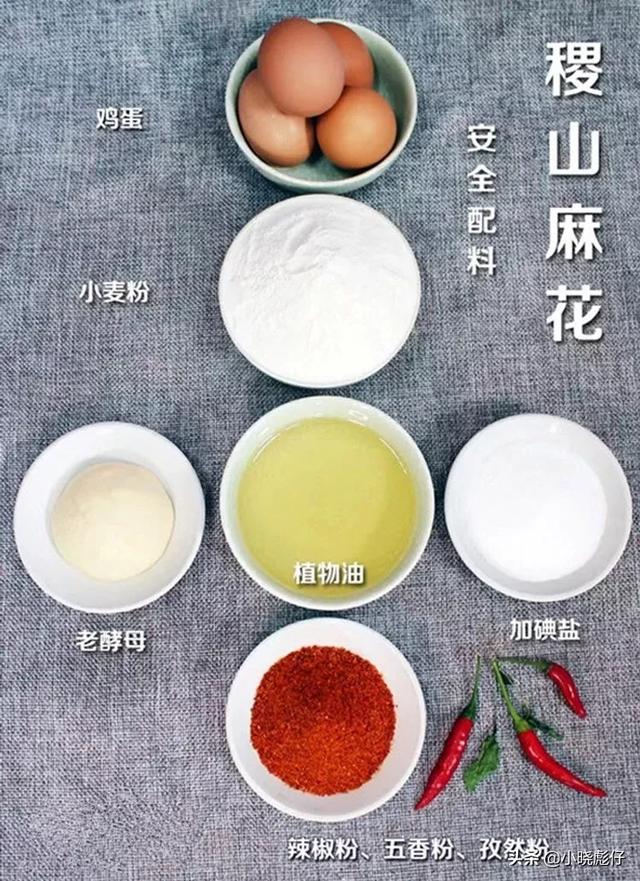八年级英语上册重点短语和句型(人教版八年级上册英语重点短语)
unit 8 How do you make a banana milk shake?,今天小编就来说说关于八年级英语上册重点短语和句型?下面更多详细答案一起来看看吧!

八年级英语上册重点短语和句型
unit 8 How do you make a banana milk shake?
重点短语
1. make a milk shake 制作奶昔
shook(shake 的过去式)
2. turn on the blender 打开搅拌机
3. cut up the bananas 把香蕉切碎
4. pour the milk into the blender
把牛奶倒入搅拌机
5. put... in/into... 把……放入……
6. peel three bananas 剥3根香蕉
7. one cup of yogurt 一杯酸奶
8. two spoons of honey/sugar/salt
两匙蜂蜜/糖/盐
9. make vegetable salad 制作蔬菜沙拉
10. cook for another 10 minutes
=cook for 10 more minutes 再煮10分钟
11. one more thing 还有一件事
12. popcorn machine 爆米花机器
13. dig a hole 挖洞
dug; digging(dig的过去式以及现在分词)
14. take out a book from the library
从图书馆借书
15. put butter on a piece of bread
把黄油涂在一片面包上
16. the most traditional food 最传统的食物
17. on the fourth Thursday in November
在十一月第四个星期四
18. add... to... 把……加到……
19. mashed potatoes 土豆泥
20. pumpkin pie 南瓜饼
21. the main dish of the meal 一餐的主菜
22. fill... with... 用……把……装满
23. place... on... 把……放在……上
24. cover... with... 用……覆盖……
25. cut... into thin pieces 把……切成薄片
26. serve it to your friends
用它来款待你的朋友们
27. cook it at a very high temperature
以高温烹饪
28. to make this special food
为了制作这特别的食物
29. a pot of hot soup 一锅热汤
30. one by one 一个接一个
重点句型
1. How many bananas do we need?
我们需要多少根香蕉?
2. How much yogurt do we need?
我们需要多少酸奶?
3. I want to make Russian soup for a party on Saturday. 我想为周六的派对做罗宋汤。
4. First, ... Next, ... Then, ... Finally,
...首先,……接下来,……然后,……最后,……
5. Thanksgiving is a time to give thanks for food in the autumn and other good things people enjoy in life. 感恩节是感谢秋天赐予我们的食物以及人们在生活中享受的其他美好事物的时候。
6. Families see Thanksgiving as a time to get together and usually celebrate it with a big family meal.(许多)家庭把感恩节视作聚在一起的时节,并且以家庭大聚餐的方式来庆祝它。
7. Here is one way to make turkey for a Thanksgiving dinner.
这有一种做感恩节火鸡的方法。
8. First, mix together some bread pieces, onions,salt and pepper.
首先,把面包片、洋葱、盐和胡椒粉混合在一起。
9. Next, fill the turkey with this bread mix.
接下来,用面包混合物填满火鸡。
10. Then put the turkey in a hot oven and cook it for a few hours.
然后,把火鸡放入烤箱并烤上几个小时。
11. When it is ready, place the turkey on a large plate and cover it with gravy.
烤好后,把火鸡放在大盘子上并用肉汁覆盖它。
12. Finally, cut the turkey into thin pieces and eat the meat with vegetables like carrots and potatoes. 最后,把火鸡切成薄片并且和着蔬菜,如胡萝卜和土豆一起吃。
13. Then, make the chicken soup very hot, over 100℃.然后,使鸡汤变热,超过100摄氏度。
词法精选
1. First... Next... Then... Finally...
有时候吩咐别人做的某件事要分步骤来完成,并且有一个先后顺序,这时候可以适当地使用副词。既能使说话人喘口气,又能使听话者感知上下文的连贯性。
2. mix together some bread pieces
(1)mix作及物动词,意为“使混和”。如:
If you mix red and white, you will make pink.
如果你把红色和白色混合,就会变成粉红色。
(2)mix up是由“动词+副词”构成的短语动词,意为“弄乱”。如:
Don't mix up the books on the shelf.
不要把架子上的书弄乱。
(3)mix还可以作名词,意为“混合物”,相当于mixture。如:
The physics teacher asked the students to taste the mix. 物理老师要学生们尝一尝那个混合物。
3. turn on, turn off, turn up 与 turn down这四个都是由“动词+副词”构成的短语动词,都与电器的开关有关,但turn on意为“打开(电灯、水龙头、煤气等)”, turn off意为“关闭;关掉”, turn up意为“开大;调高”, turn down意为“关小;调低”。如:
①Don't forget to turn off the lights when you leave the room.当你离开房间时,不要忘记把电灯关掉。
②The radio is too loud. Please turn it down.
收音机声音太响了,请调低点音量吧。
4. cover... with...
(1)cover... with... 意为“用……把……覆盖”;
be covered with意为“被……所覆盖”。如:
①Ann covered her face with her hands.
安用手捂脸。
②The mountain is covered with thick snow all year round. 那座山终年覆盖着厚厚的雪。(2)cover作名词时,意为“封面;盖子”。如:
One book has two covers.一本书有两个封面。(也可指事物有两面性)。
句法精析
1. ①How many bananas do we need?
我们需要多少香蕉?
②How much yogurt do we need?
我们需要多少酸奶?
how many, how much都有“多少”的意思, how many后接可数名词复数, how much后接不可数名词。如:
①How many people are there in your family?你家有几口人?
②How much money do you have?你有多少钱?
2. We need one cup of yogurt.
我们需要一杯酸奶。
(1)英语中,不可数名词不能在其前直接用数量修饰,为了表示“数量”,常用“基数词+量词+of+不可数名词”来表示。如:
one cup of tea一杯茶
two glasses of milk 两杯牛奶
three bottles of apple juice 三瓶苹果汁
(2)若名词由量词加以修饰,那么句中谓语动词的单复数应与量词相一致。如:
①Two spoons of honey are enough.
两勺蜂蜜足够了。
②There is a bag of rice on the table.
桌上有一袋米。
3. Can you tell me how?
你能告诉我怎样制作吗?
这是一个省略句,后面只用了一个how,而省略了从句或者动词不定式,因为上文是“I want to make Russian soup for a party on Saturday.”(课本第58页,2d),所以此句的详细写法应该是:Can you tell me how I can make Russian soup?或者Can you tell me how to make Russian soup?。
语法精讲
1. 祈使句祈使句常常是表达说话人对对方的劝告、叮嘱、请求或命令等。因此,祈使句中一般没有主语,但根据其句意,实际上是省略了主语you。在表达请求或劝告时,在祈使句前或句末可加上please,可以使句子的语气更加缓和或客气。
(1)祈使句一般没有时态的变化,也不能与情态动词连用。如:
Peel the apple, please. 请削掉苹果皮。
(2)祈使句的否定句式,通常在句首的动词原形前加上don't。如:
Don't wake me up tomorrow morning.
明天早上不要叫醒我。
【注意】以动词be开头的祈使句变否定句时,不可省略动词be;也不能直接将否定副词not置于动词be之后。如:
Don't be late for school !上学不要迟到!
2. “动词+副词”型短语动词
本单元出现了很多“动词+副词”型的短语动词,如turnon, turn off, cut up等。这类短语动词带宾语时,宾语如果是名词,既可放在副词前面,也可放在副词后面;宾语如果是人称代词或反身代词,则要放在副词前面。如:
①There is a basketball game on TV. Please turn it on.电视上有一场篮球赛,请打开电视。
②I want to listen to the news. Could you turn on the radio?我想听新闻,你能打开收音机吗?
,免责声明:本文仅代表文章作者的个人观点,与本站无关。其原创性、真实性以及文中陈述文字和内容未经本站证实,对本文以及其中全部或者部分内容文字的真实性、完整性和原创性本站不作任何保证或承诺,请读者仅作参考,并自行核实相关内容。文章投诉邮箱:anhduc.ph@yahoo.com






